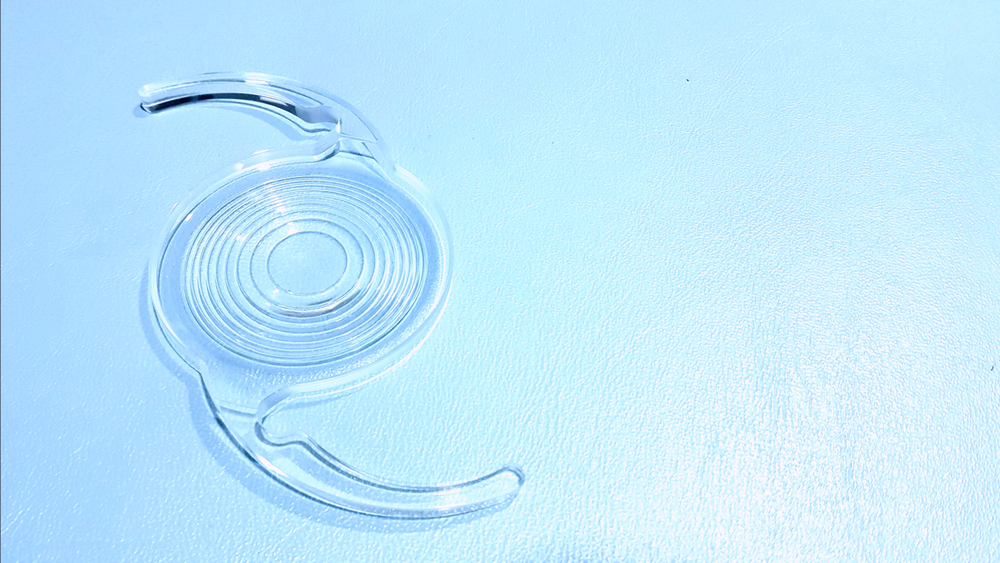ANSWER COMMON QUESTIONS ABOUT CATARACT SURGERY
Cataract surgery, also known as artificial lens replacement surgery, is the only solution proven effective in treating cataracts. So how long is this surgery effective? Does the patient need to be re-treated many times? Find the answer through the article below with Japan International Eye Hospital.

Methods of cataract surgery
Phaco surgery
Traditional cataract surgery method uses a microsurgical knife and Lumera 700 machine (Carl Zeiss - Germany) to remove the cloudy natural lens and replace it with a suitable artificial lens. This is a surgery that has been proven safe and effective for many years around the world. It is painless, does not require stitches, is discharged from the hospital on the same day, and vision is restored after 24 hours.
Cataract Laser Surgery
Cataract surgery method using the most advanced Laser technology, replacing some manual operations by applying the Catalys machine (Johnson & Johnson - USA), helps improve safety and accuracy during the treatment process, shortening the treatment process.
Compare Phaco surgery and Cataract Laser surgery
Although different in mechanism of action, both methods above provide high treatment efficiency, restoring good vision for cataract patients. Depending on eye condition and personal needs, each patient will be suitable for a different dry cataract surgery method. To determine treatment options, consult your ophthalmologist during your pre-operative examination.
How long does cataract surgery last?
After cataract surgery, patients can maintain good vision for a long time if they do not suffer from other serious diseases, because artificial lenses have the same lifespan as humans and are made from highly durable materials like silicone, acrylic or PMMA plastic, so it can last forever inside the eye and does not become cloudy.
How many times can a patient have cataract surgery?
In fact, cataract surgery should only be performed once to save costs and time for the patient. For some special cases such as patients with injuries, diseases that cause the artificial lens to misalign or fall into the vitreous chamber, or suffer from other intraocular diseases. The department may consider performing a procedure to adjust the position of the artificial lens, replace the artificial lens with a new one, or remove the artificial lens to treat other intraocular diseases. These are unavoidable cases that require intervention with artificial lenses and have a very low risk rate. In addition, re-operative cataract surgery is not necessary.
Why is vision blurry after cataract surgery?
Despite successful treatment, some patients still report experiencing blurred vision after cataract surgery and think they have re-occurring cataracts. This is a common myth. In fact, when placed in a patient's eye, an artificial lens cannot become cloudy because it is made from artificial materials. Instead, some causes of this phenomenon may be posterior capsule opacification, lens dislocation, fundus disease (retinal detachment, diabetic retinopathy, macular degeneration). To improve this phenomenon, patients need to treat the underlying disease. For example, performing the YAG Laser procedure if there is posterior capsule opacification, performing an artificial lens alignment procedure or treating fundus diseases.
It can be seen that cataract surgery is not recommended to be performed multiple times. Patients need to consult an ophthalmologist to receive specific advice about their eye condition and appropriate treatment solutions.
👉 Register for an examination and receive advice from experts at Japan International Eye Hospital: https://jieh.vn/en/make-an-appointment.
